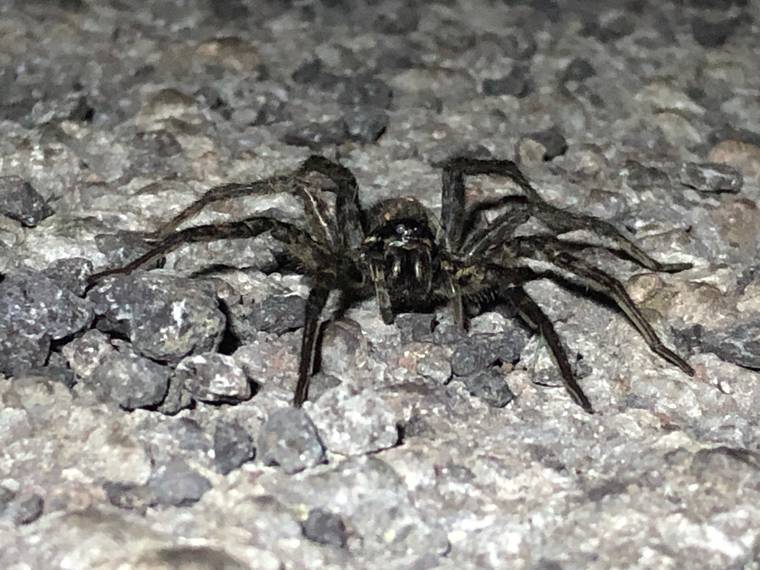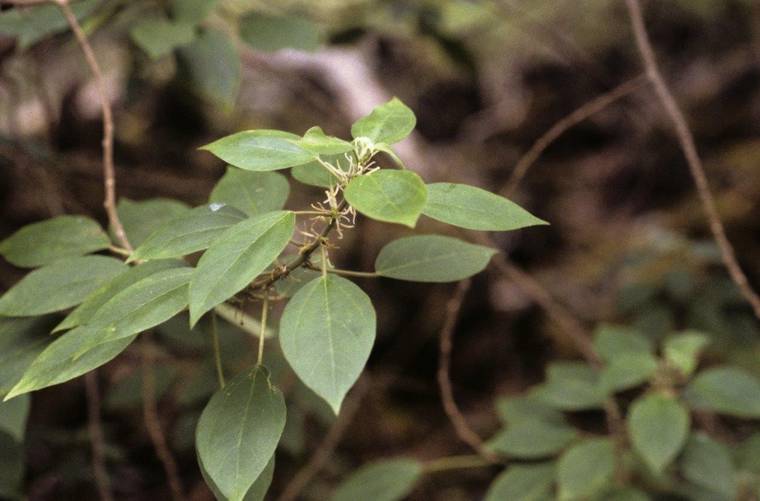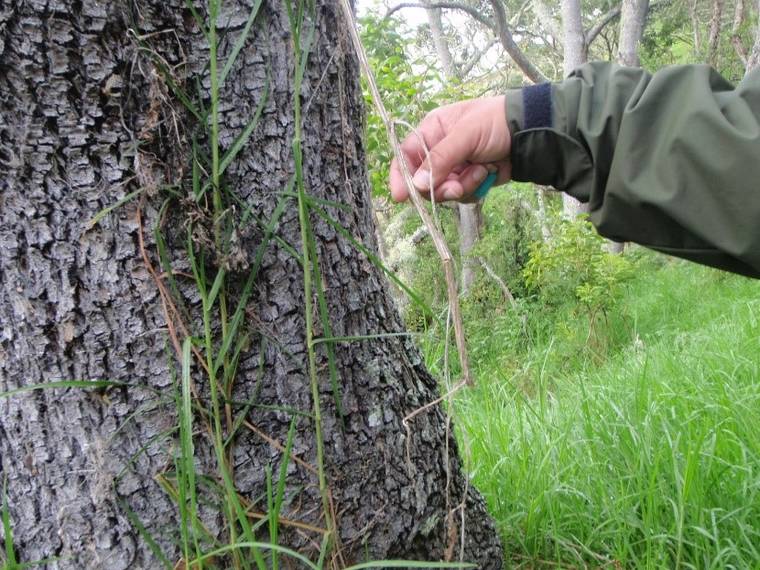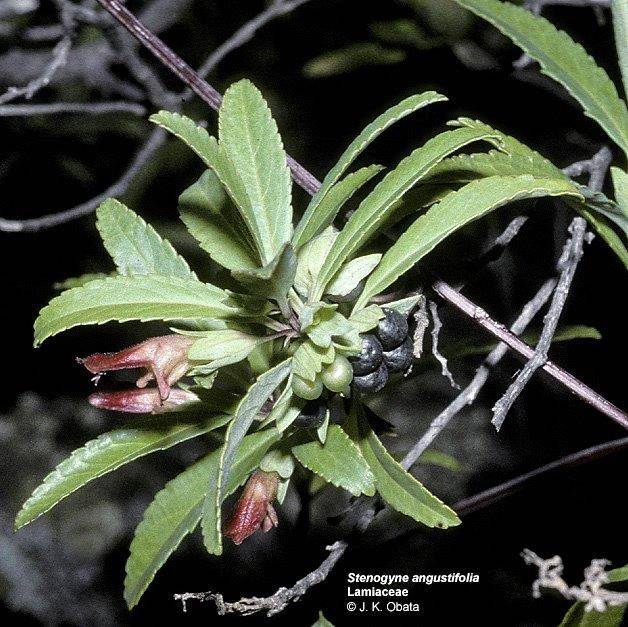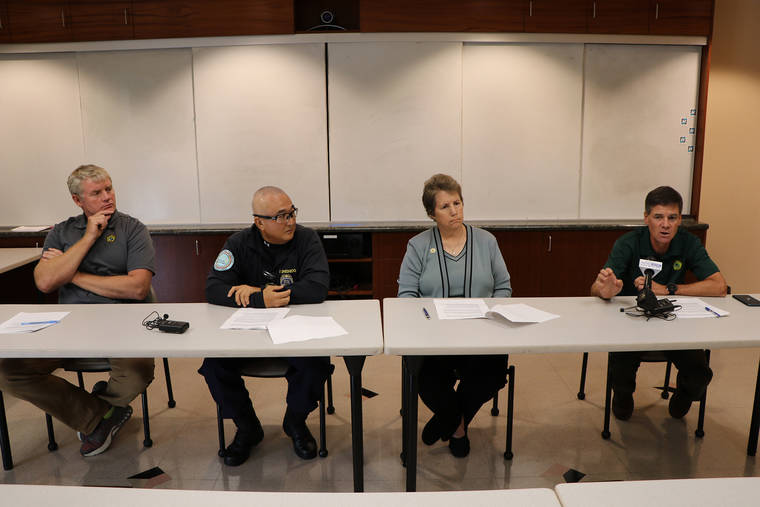DLNR: Endangered vines destroyed at protest site
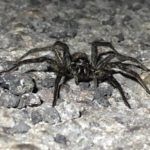
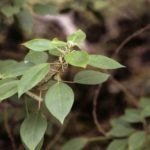
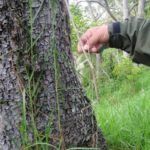
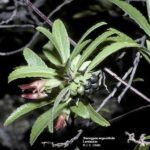

The state Department of Natural Resources reported Thursday that four endangered vines have been destroyed during the occupation of Pu‘u Huluhulu.
DLNR had previously announced concerns about how the ongoing standoff between the state and opponents of the Thirty Meter Telescope might affecting the health of the ‘anunu vine, an extremely rare plant found only on the Big Island.
ADVERTISING
During a news conference Thursday in Hilo, DLNR officials confirmed four of the vines appeared to have been cut or ripped from koa trees at Pu‘u Huluhulu in August.
“We warned about this early on,” said DLNR Chairwoman Suzanne Case. “It’s impossible to have so many people there without this happening.”
Edwin Shishido, an officer with the DLNR Division of Conservation and Resources Enforcement, said officers investigated the pu‘u Aug. 21 after having witnessed up to more than 2,000 people at or around the hill at any given time.
Vines that were known to be safe and healthy before the protests began in July were found to be cut.
Four other endangered plants — including local mint, tomato and nettle plants — also were found damaged in the area, showing signs of having been trampled.
DLNR botanist Lyman Perry explained that the ‘anunu has a short life cycle, lasting only about a year. Any disturbance, particularly one that severs the vine or removes it from a tree, can be devastating for such an endangered plant.
Perry said Pu‘u Huluhulu had served as an outplanting site for several endangered plants, including the ‘anunu, because of its good soil, relatively high rainfall and general lack of attendance. The pu‘u is one of only five known habitats for the vine on the island, although DLNR spokesperson Dan Dennison said the other known habitats will not be disclosed for safety purposes.
Ian Cole, wildlife manager for the DLNR Division of Forestry and Wildlife, said the endangered Hawaiian goose, or nene, no longer appears willing to land around the pu‘u, although he added the birds have never been observed engaging in breeding behavior in the area.
Cole also said there is some anecdotal evidence that the wolf spider, which lives in the surrounding lava fields, is being forced out by campers, leading to a rise in invasive insects.
Case said Thursday that the best solution to reduce harm to the endangered plants is for the crowds of people at the camp surrounding the pu‘u to disperse.
Several protesters — who call themselves kia‘i, or protectors, of Maunakea — attended Thursday’s news conference and questioned the DLNR’s motivations for protecting the pu‘u now.
One attendee, Kini Burke, said he worked for the DLNR for about 20 years and never saw any departmental oversight or enforcement at Pu‘u Huluhulu, where he saw “20 to 30 cars parked, every day” before the protests.
Other attendees at the press conference raised concerns about endangered species elsewhere on the island, asking why protecting the ‘anunu takes priority over other issues, such as protecting coral reefs. Case responded, saying the department is concerned with protecting all of the island’s native wildlife.
The presence of protesters seemed to surprise the DLNR officials at the conference, as speakers repeatedly refused to answer questions from nonmedia-affiliated attendees (“I don’t have questions, I have answers,” Burke quipped). Eventually, Case and Perry abruptly left the room even as attendees called out further questions, effectively ending the conference.
Representatives of the protesters called the DLNR’s report “PR propaganda to make the kia‘i look bad.” One protester, ‘Ilima Long, told the Tribune-Herald on Wednesday that the protesters have effectively closed the pu‘u to the public on weekdays and only allow members of the public on the pu‘u during guided trail tours hosted twice a day on weekends.
Email Michael Brestovansky at mbrestovansky@hawaiitribune-herald.com.

